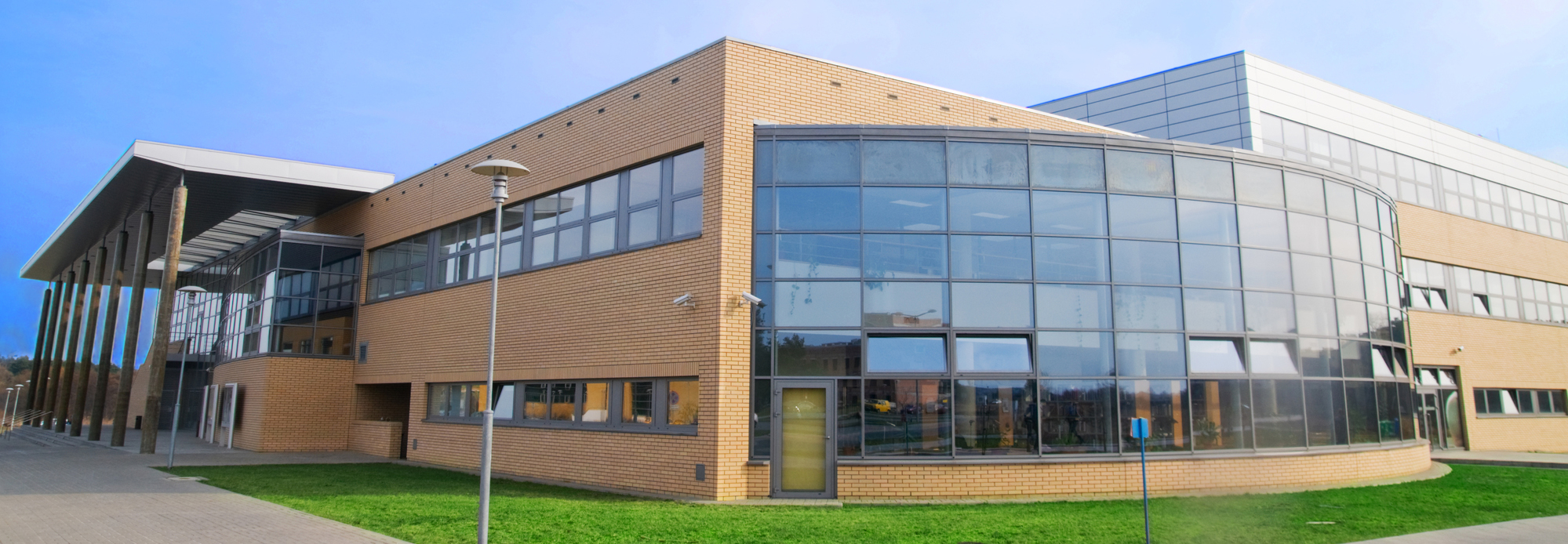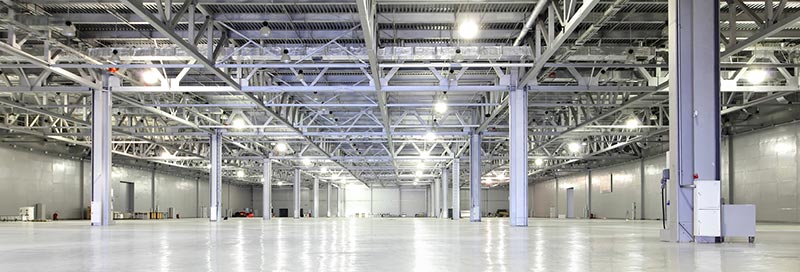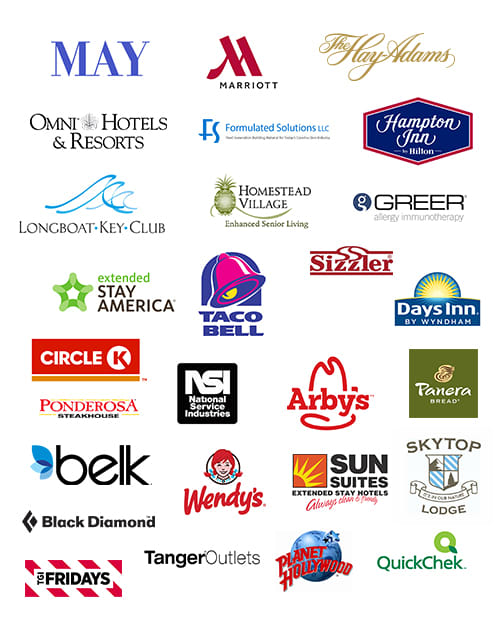What Buildings Qualify for the Section 179d Energy Policy Act?
The energy tax benefits of Section 179d are only available for commercial buildings, but what does this mean? Some examples of commercial buildings that would qualify are:
- Apartment Buildings (4 stories or more)
- Schools
- Hospitals
- Offices
- Renovations to existing commercial properties
- and more… Click here to ask our experts if your building would qualify
However, if this is an international location it would not be covered. The building must be located on United States soil.

Section 179d Energy Requirements
For your U.S. commercial building to qualify, it must fit into the energy requirements laid out by the Act.
In order to be eligible, your building must be designed to use 50% less total energy and power cost when compared to a computer-generated reference building that meets the standards of ASHRAE 90.1-2001.
What is ASHRAE 90.1-2001?
ASHRAE 90.1 is the standard benchmark for commercial building energy codes in the United States. ASHRAE 90.1-2001 simply means the standard that was set in the year 2001.
For newer buildings placed in service on or after 1/1/2016, there is ASHRAE Standard 90.1-2007.
How Is My Building Compared to ASHRAE 90.1-2001?
Since a direct comparison of your building that was built in 2001 doesn’t exist, it has to be compared to a computer-generated version of your building. This computer-generated version is based on how it would have been built at the time.
The energy cost of the computer-generated building is then compared to your new building. If you use at least 50% less energy than the computer-generated model, then your building qualifies for the tax deduction in full.
How much is the Section 179d tax deduction?
If you building qualifies for the full tax deduction from Section 179d, you will be rewarded $1.80 per square foot. So, if your building is a 100,000 sq. ft. project, you would be rewarded a $180,000 deduction.
Section 179d “Partial Deductions”
If your building doesn’t hit the 50% mark, you can still work towards getting a significant deduction. This comes from your HVAC, building envelope, and lighting components.
Each one may qualify for $.60 per square foot, so if only one of them doesn’t match up to the 2001 computer-generated model, you can still qualify for $1.20 per square foot.
For example, if your $1,000,000 commercial property doesn’t have the HVAC energy requirement of the 2001 model, but the building envelope and lighting do, then you will be eligible for a $1.20 per square foot deduction.
This also applies to just one system, so if the HVAC only qualifies, you’re eligible for $.60 per square foot.

The Interim Lighting Rules
While HVAC and building envelope only produce $.60 per square foot or nothing at all, there’s a way to get lighting deductions ranging from $.30 to $.60 using the Interim Lighting Rules.
The analysis for the Interim Lighting Rules switches from measuring energy usage in favor of measuring a reduction in lighting power density (LDP) in a specific space. Lighting power density can be thought of as the number of watts required to power a specific section of a building.
For Non-warehouses
25% to 40% Reduction in LPD = $.30 to $.60 per square feet
For Warehouses
25% to 50% Reduction in LPD = $.30 to $.60 per square feet
There’s also an additional rule for any property using the interim lighting rules to qualify. Bi-level switching and automated shutoff are required to be applied in the spaces that qualify for the fallback onto interim lighting.
Who Benefits From the Section 179d Energy Policy Act?
The party that gets the benefits of Section 179d is the owner who placed the building in-service. If there has been a recent purchase of the building in question, the 179d tax incentive is given to the owner of the building in the year it was placed in service.
How can Building Designers Benefit from the 179D Energy Policy Act Deduction?
If the system or building is installed on federal, state, or local government property, the 179D tax deduction may be taken by the person primarily responsible for the system’s design. This provides an incentive for designers to create energy-efficient buildings to secure this tax incentive. Since the government doesn’t pay taxes on their buildings, they can pass this benefit to the designer.
Who Qualifies as the Designer of a Government Building?
Under Section 179d, the designer can be any of the following roles:
- Architect
- Engineer
- Contractor
- Environmental Consultant
If there are more than one of these parties involved, they must show proof that they were the party responsible for the technical specifications that directly led to the increased energy efficiency. In some cases, it can be shared and split amongst different parties.
Are you getting the benefits of Section 179D yet?
Do you think your building might qualify for energy tax credits under Section 179D? Contact us and find out how to save big on your commercial property taxes.
Ready to get started?

Step One: Call or message us.
Call us at (888) 796-2112, submit the inquiry below for a call back, or request a free quote.
Click to call

Step Two: We perform a fully-engineered study of your property.
We'll do all the heavy lifting to find you the maximum tax deductions you qualify for.

Step Three: We deliver your 'CPA-ready' report.
Get a completed cost segregation study that decreases your tax liability and puts more money in your pocket.

